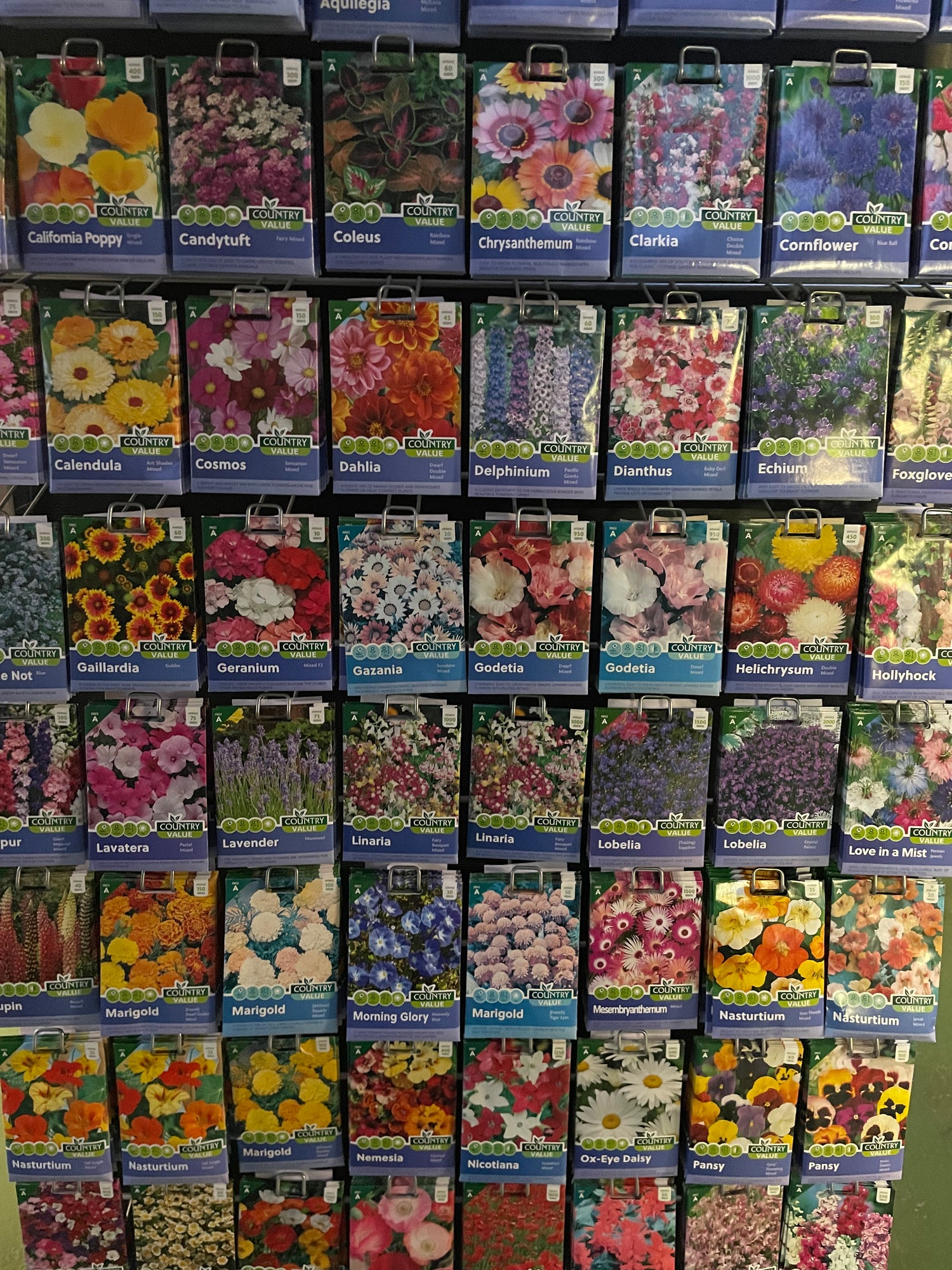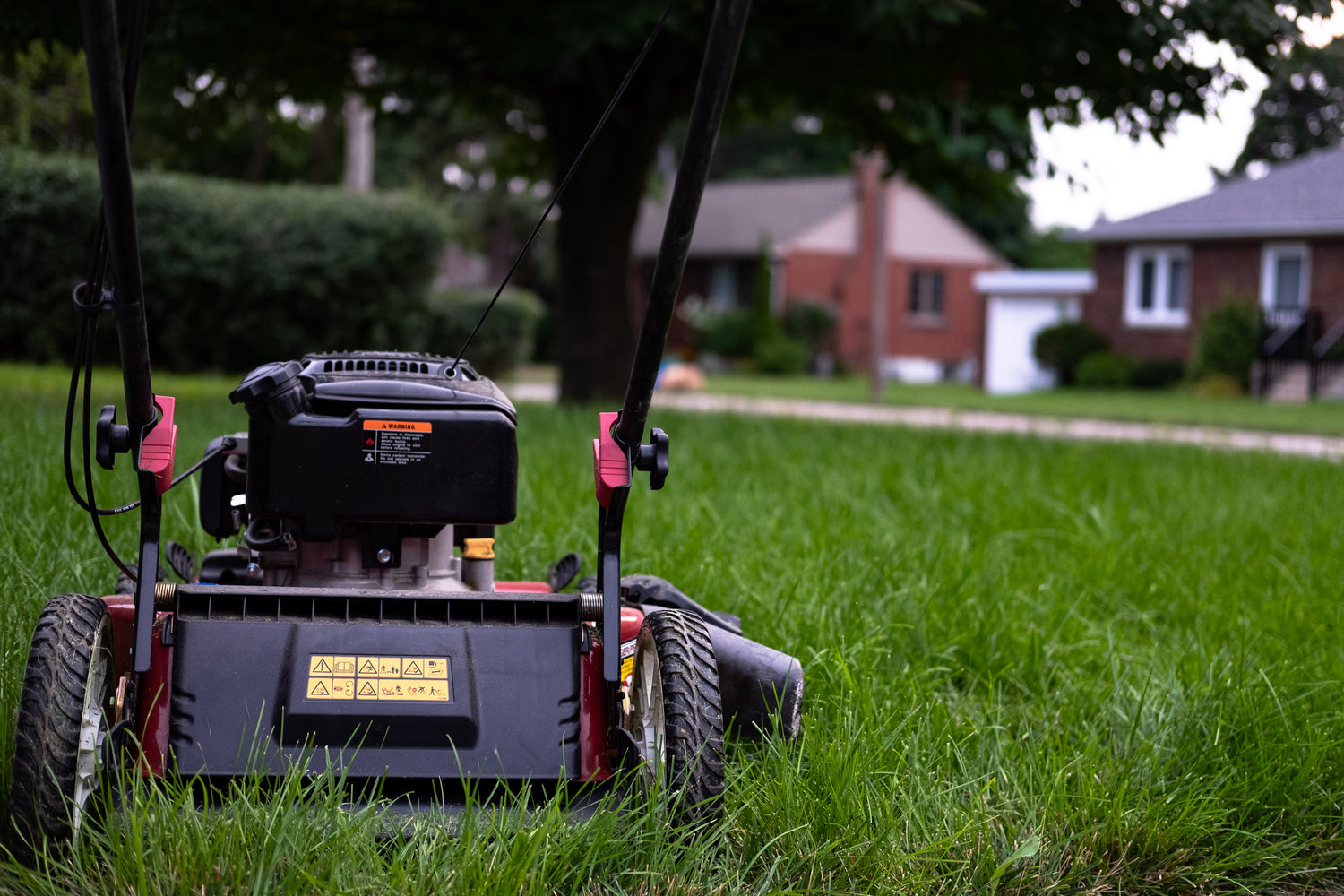
Grow Your Own!
Would you love to grow your own Tomatoes?
Why not take a look at this helpful video from one of our suppliers Westland.
Click here to view - How to grow Tomato plants
(This takes you to an external website)

Grow your own Vegetables from seed
What to have tasty home grown Vegetables?
Why not watch this easy to follow video on how to grow veg from seed from Westland
Remember: we stock seeds, compost and all the propagation trays to start you on your seed sowing journey!
Dont forget to have fun!
Click here to view - Growing veg from seed
(This takes you to an external website)

Brief guide to sowing seeds
Sowing seeds does not have to be daunting. It can be so rewarding watching a seed that you have sown, develop from a brown sometimes dried up granule, grow into a wonderful colourful plant, fruit or vegetable.
Take a look at our brief video of how to sow seeds - Click here
(This takes you to an external website)
- Fill a pot with seed and cutting compost
Firm down gently.
- Shake the seed packet gently to loosen the seed and then open the seed packet and tip a few seeds into your hand.
Tiny seeds can be scattered over the surface of the compost.
For larger seeds, make a hole using a dibber in the compost. Individually place a seed into the hole.
Cover with a thin layer of fresh compost and water with slightly tepid water.
- Label the pot carefully with the date and seed variety and place in a suitable place for germination.
Seeds that require heat can be placed in a heated propagator. Seeds that need a frost-free environment can be placed in a cool greenhouse or on a windowsill.
Once seeds are sown, get ready to prick them out.
Always remember to follow the individual sowing instructions on each seed packet.
(This takes you to an external website)

Protecting plants from slugs in wet weather
The gardener's arch enemy..... Slugs!
They thrive in moist environments and can quickly multiply, causing a headache to most gardener's, as they munch through our crops and plants, destroying them in a short amount of time.
There are a number of ways you can deter them.
- Keep the garden tidy and free from debris, this limits the hiding places for slugs and avoid watering in the evening.
- Plant strong smelling plants around your crops, eg Lavender, Rosemary or Marigolds to name a few.
- Use copper tape around plant pots.
- Sprinkle the soil around with wood chip, coarse gravel or crushed egg shells.
- Encourage predators that eat slugs and snails eg hedgehogs and some bird species.
- Use slug killer pellets or slug barrier pellets like Slug Stop - organic barrier pellets.
(This takes you to an external website)

How to get rid of Weeds & Moss
Click here to watch a video on how to get rid of Weeds & Moss from our supplier Westland
(This takes you to an external website)

Get the best from your roses
Westland Rose Planting & Potting Mix has been specially blended to support plant health with a new peat free blend, strengthening roses from the inside out. With a 6 month slow release feed, combined with added sulphur, as well as zinc complex; this perfect blend ensures your best ever roses.
Zinc complex is important in the production of plant growth hormone auxin. Improving transport of water and nutrients around plant. Promoting root and shoot growth for stronger, healthier plants. Encouraging photosynthesis for plant energy production
- 6 month slow release feed
- Added Sulphur to help withstand blackspot
- Aids fast establishment
- Added zinc complex helps build plant resilience
AVAILABLE IN STORE NOW
Click to watch - Get your best roses ever with Westland's Rose Planting & Potting Mix
(This takes you to an external website)



